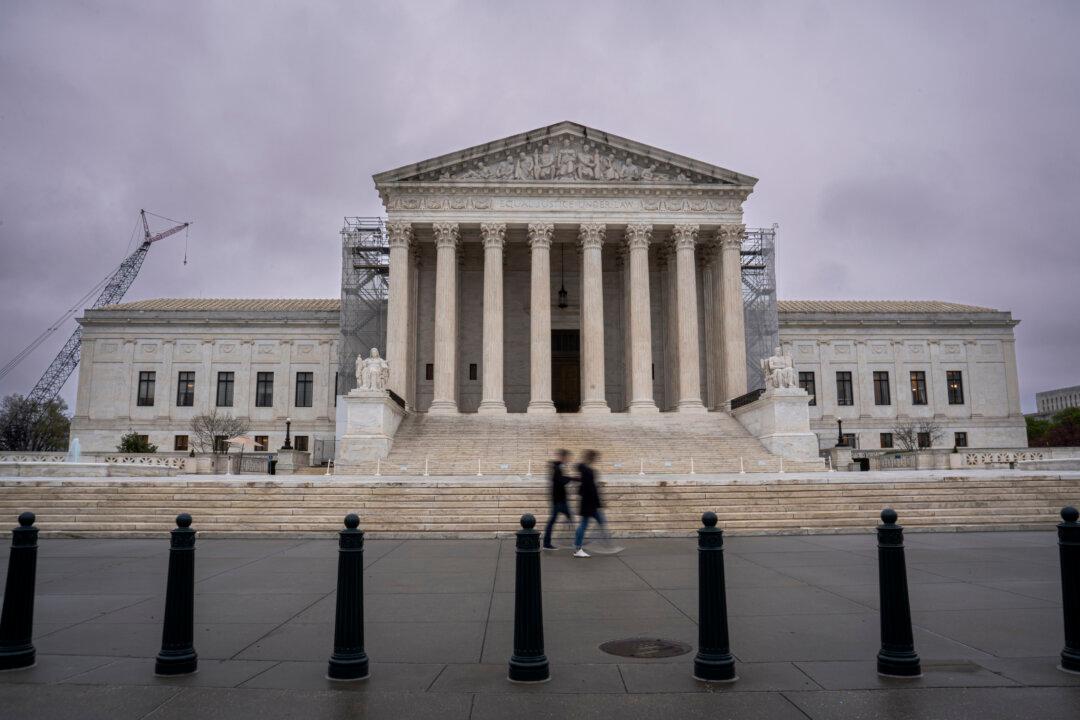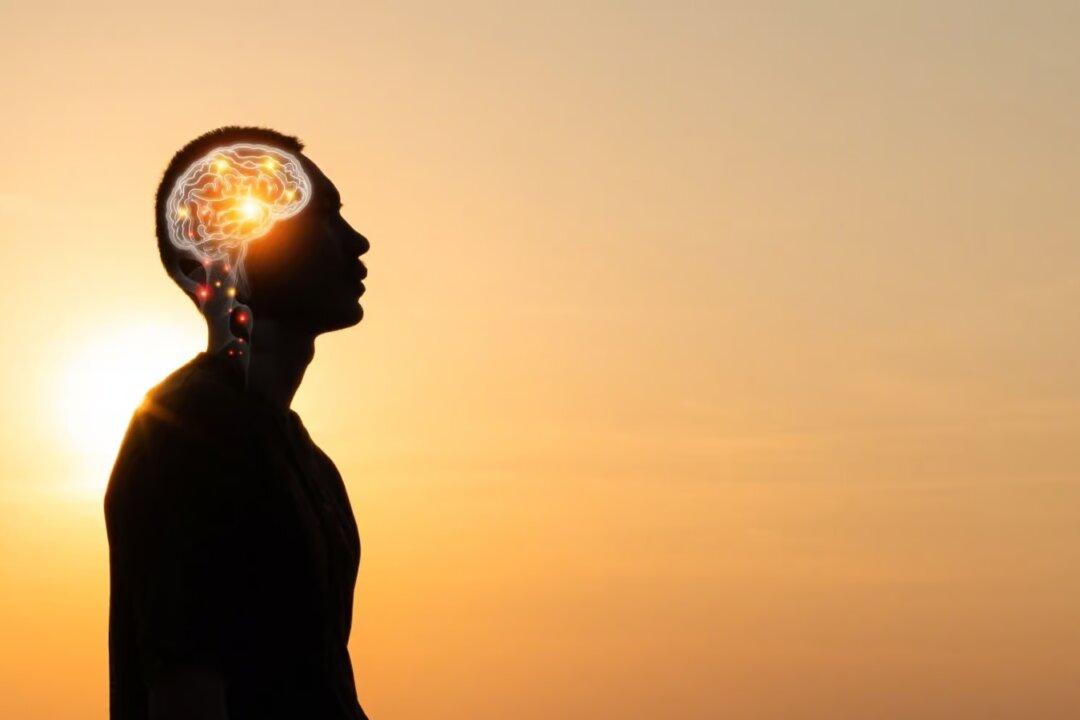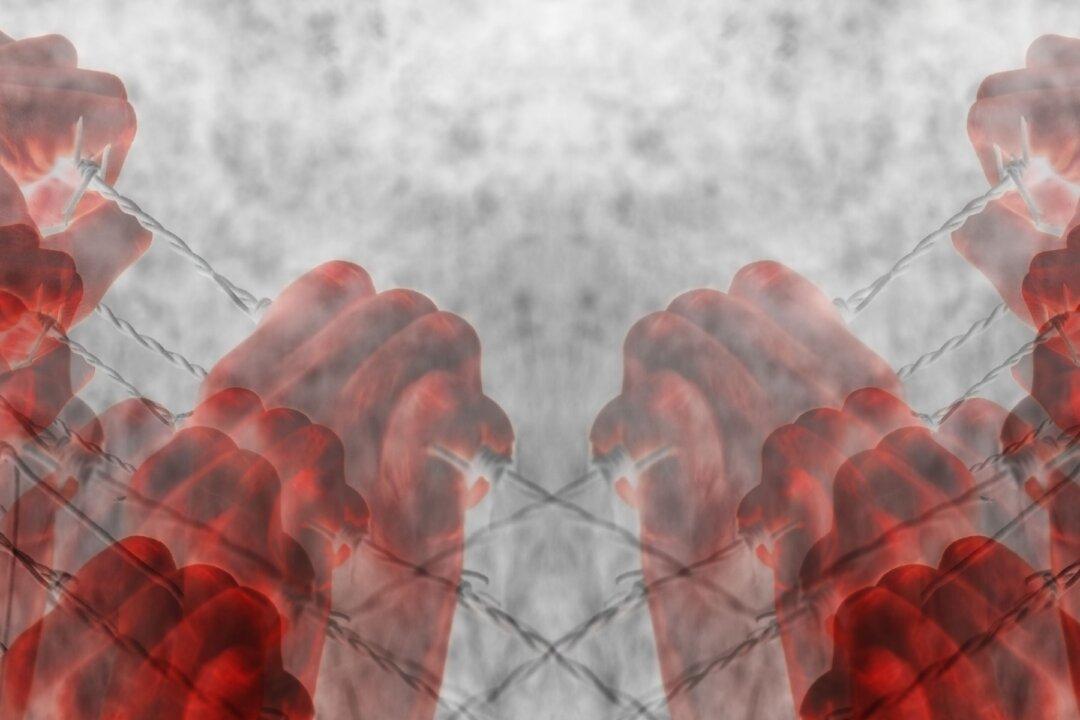Commentary
The Solicitor General of Louisiana, who argued the case for our side, opened by pointing out that the government has many levers for coercion of social media companies, and they have been aggressively deployed since at least 2020. The platforms initially tried to push back but eventually caved under relentless government pressure to censor.





